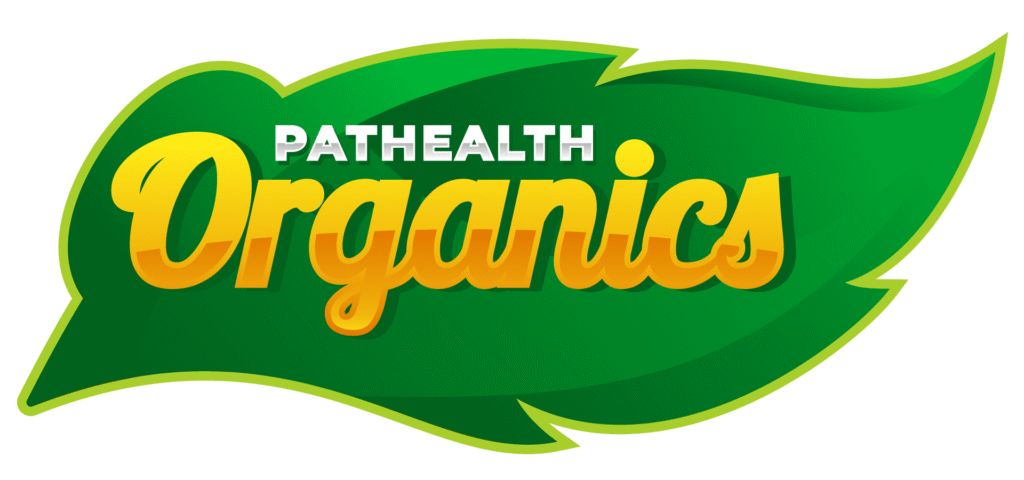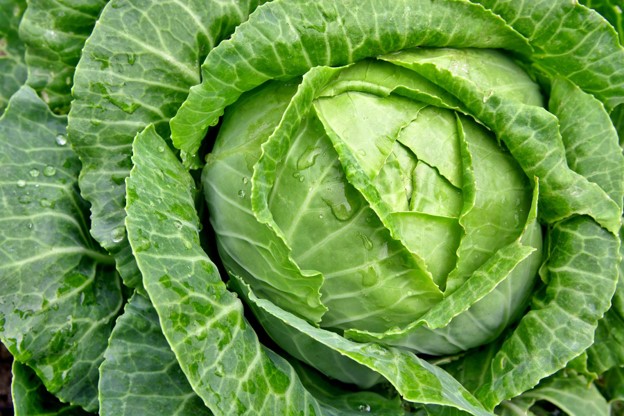It also contains the minerals magnesium, calcium and potassium and some vitamin A and vitamin C. Cabbage also contains additional antioxidant compounds, known as indoles and sulforaphane. Red cabbage is significantly more nutritious then white cabbage, having higher antioxidant polyphenols up to eight times the vitamin C content than white.
Since cabbage is one of the cruciferous vegetables, the health benefits of cabbage are similar to those of other cruciferous vegetables, like Broccoli and Brussel.
Antioxidants in cabbage may help fight cancer. Indole-3-carbonol, in particular, has promise in protection against hormone sensitive cancers like breast cancer, due to its ability to deactivate a potent estrogen metabolite that can promote breast tumor growth. Indol-3-carbonol has also been shown to help stop other cancers from metastasis (spreading). Indol-3-carbonol has also shown some promise in protecting against prostate cancer cell growth. Sulforaphane is a potent detoxifier. It helps boost liver detoxification enzymes and has also been shown to cause programmed cell death of abnormal and cancerous cells.
Compounds in cruciferous vegetables may also be associated with a lower incidence of lung, colon, ovarian and bladder cancer. One study conducted at the University of Texas looked at the diets of over 1000 bladder cancer patients and healthy controls and found that those eating the most cruciferous vegetables were found to have a 29% lower risk of bladder cancer compared to those who ate the least.
In Poland, where women eat a lot of cabbage, breast cancer rates are lower. The Polish Women’s Study looked at cabbage consumption in Polish women living in the U.S. and found that compared with women who ate only one serving or less of cabbage per week during adolescence, those who ate four or more servings were 72% less likely to develop breast cancer as adults.
Cabbage juice is an age-old remedy for peptic ulcer disease, probably due to its high concentration of glutamine, an amino acid that promotes gut health. The compounds in cabbage are better available when cabbage is raw or lightly cooked, rather than overcooked in hot foods. Rather eat cabbage raw or lightly stir-fried or steamed for best results. Allowing chopped cabbage to sit for five minutes before cooking also increases its antioxidant potential.
Glucosinolates in Cabbage and Their Anti-Cancer Thiocyanates
| Best Cabbage Source | Glucosinolate | Derived Isothiocyanate | Isothiocyanate Abbreviation |
| red cabbage | glucoraphanin | sulforaphane | SFN |
| savoy cabbage | glucobrassicin | indole-3-carbinol* | I3C |
| savoy and green cabbage | sinigrin | allyl-isothiocyanate | AITC |
| green cabbage | glucotropaeolin | benzyl-isothiocyanate | BITC |
* Indole-3-carbinol (I3C) is not an isothiocyanate. It’s a benzopyrrole, and it is only formed when isothiocyanates made from glucobrassicin are further broken down into non-sulfur containing compounds.
The isothiocyanates (ITCs) made from cabbage’s glucosinolates act to protect us against cancer through a variety of different mechanisms. In some cases, they help regulate inflammation by altering the activity of messaging molecules within our body’s inflammatory system. In other cases, they improve our body’s detoxification system and leave our cells with a smaller toxic load. But the bottom line is decreased risk of cancer from consumption of cabbage and its glucosinolates. We’ve seen one study, from Poland, showing impressive reduction of breast cancer risk in women consuming large amounts of cabbage. (In this particular study, this reduction in risk was associated with consumption of at least 4 cabbage servings per week, in comparison with the once-per-week serving consumed by women with higher breast cancer risk.)



